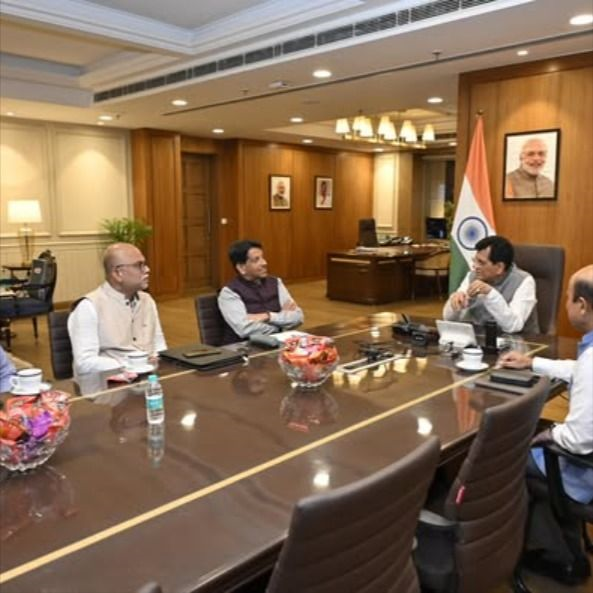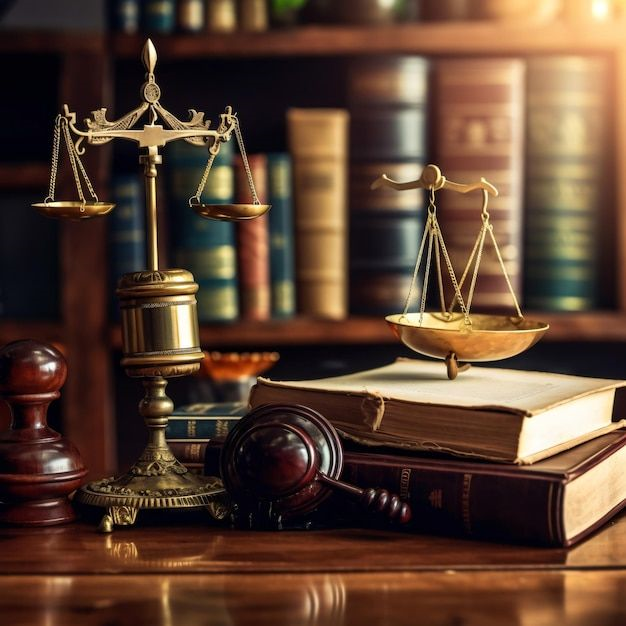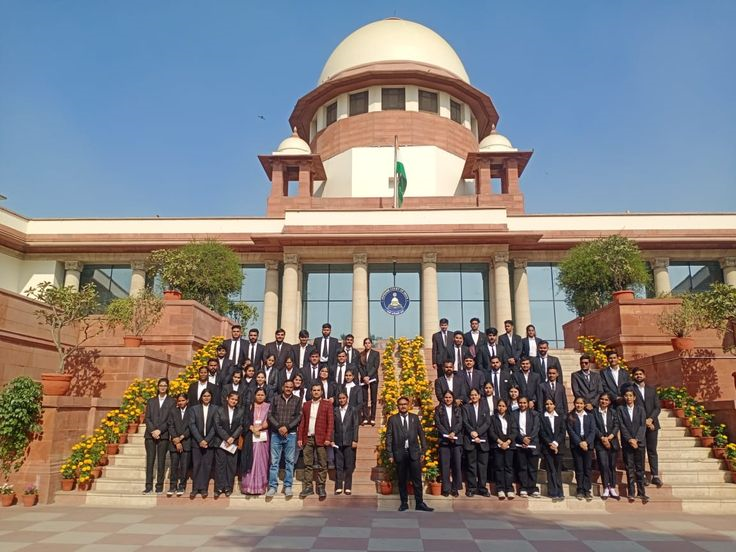The State Executive – A Pillar of Federal Governance
The State Executive is a crucial organ of governance under the Constitution of India, forming the executive authority at the state level. It operates in accordance with the parliamentary form of government, similar to the Union Executive, but within the framework of state governance.
According to Article 153 of the Constitution, “There shall be a Governor for each State.” The State Executive consists of:
- The Governor,
- The Chief Minister, and
- The Council of Ministers.
While the Governor is the constitutional head of the state, similar to the President at the Union level, the real executive authority rests with the Council of Ministers, headed by the Chief Minister, under Article 163. Together, they ensure that governance functions within constitutional limits and uphold democratic values in state administration.
The State Executive thus represents the fusion of nominal and real authority, embodying the spirit of co-operative federalism and ensuring a smooth division of powers between the Union and the States.
Composition and Constitutional Framework
The composition of the State Executive is defined under Articles 153 to 167 of the Constitution.
- Governor (Article 153) – The Governor is the head of the state and exercises executive powers on the aid and advice of the Council of Ministers. He is appointed by the President of India and holds office during the President’s pleasure (Article 156).
- Chief Minister (Article 164) – The Chief Minister is appointed by the Governor and is the real head of the State Executive.
- Council of Ministers (Article 163) – The Council of Ministers, headed by the Chief Minister, aids and advises the Governor in exercising his functions, except in matters where he is required to act in his discretion.
This structure mirrors the Union Executive model, ensuring balance and accountability in governance. The constitutional framework ensures that while the Governor serves as the ceremonial head, the Chief Minister and the Council of Ministers exercise actual executive authority, thereby maintaining democratic responsibility.
Powers and Functions of the Governor
The Governor exercises various powers — executive, legislative, financial, judicial, and discretionary — similar to the President but limited to the state’s jurisdiction.
(a) Executive Powers
Under Article 154, the executive power of the state is vested in the Governor.
- All executive actions of the state are taken in his name.
- The Governor appoints the Chief Minister, other ministers, the Advocate General (Article 165), and members of the State Public Service Commission (Article 316).
- He has the power to remove certain officials and can direct the reorganization of departments or functions of the state.
(b) Legislative Powers
Under Articles 168–213, the Governor is an integral part of the state legislature.
- He can summon, prorogue, or dissolve the Legislative Assembly (Article 174).
- He addresses the first session of the legislature each year (Article 176).
- He gives assent to bills, can withhold assent, or reserve a bill for the consideration of the President (Article 200).
- Under Article 213, the Governor can promulgate ordinances when the legislature is not in session.
(c) Financial Powers
- The Governor ensures that the Annual Financial Statement (Budget) is laid before the legislature (Article 202).
- No money bill can be introduced in the legislature without his prior recommendation (Article 207).
- He also recommends the demand for grants and ensures financial discipline within the state.
(d) Judicial Powers
- Under Article 161, the Governor has the power to grant pardons, reprieves, respites, or remissions of punishment for offences against laws within the state’s jurisdiction.
- He also plays a role in appointing judges of subordinate courts in consultation with the High Court.
(e) Discretionary Powers
The Governor may act in his discretion in the following cases:
- When no political party commands a clear majority in the Assembly.
- When reserving a bill for the President’s consideration.
- When reporting to the President under Article 356 that the government of the state cannot be carried on according to the Constitution.
These powers make the Governor both a constitutional head and a constitutional watchdog.
Powers and Functions of the Chief Minister and Council of Ministers
The Chief Minister is the real executive head of the state and the leader of the Council of Ministers. Under Article 163, the Council of Ministers aids and advises the Governor in exercising his functions.
Role and Functions of the Chief Minister:
- Head of the Council: The Chief Minister recommends the names of ministers and allocates portfolios.
- Link Between Governor and Council: He communicates all decisions of the Council to the Governor under Article 167.
- Policy Maker: The Chief Minister determines government policies, coordinates between ministries, and ensures effective administration.
- Legislative Role: He leads the state legislature and can advise the Governor to dissolve the Legislative Assembly.
The Council of Ministers collectively functions as the executive authority, responsible for formulating and implementing laws, managing state affairs, and maintaining public order.
Together, the Chief Minister and Council of Ministers uphold the principle of collective responsibility under Article 164(2), ensuring that governance remains democratic and accountable.
Real-Time Example: Governor–Chief Minister Relations
A significant example of the functioning of the State Executive can be seen in West Bengal (2022), where differences between the Governor and the Chief Minister led to debates on constitutional propriety. The Governor had expressed concerns about certain administrative actions of the state government, while the Chief Minister emphasized the autonomy of the elected government.
This case highlighted the delicate balance of power between the constitutional head (Governor) and the elected executive (Chief Minister). It reaffirmed the principle that while the Governor must act within constitutional limits, the real executive power should rest with the Council of Ministers, reflecting the democratic mandate of the people.
The Spirit of Constitutional Balance
The State Executive forms the backbone of state governance under the Indian Constitution. Its powers and functions ensure that the state machinery operates within the framework of democracy, accountability, and constitutional supremacy.
The Governor’s role as a nominal head complements the Chief Minister’s role as the real executive, ensuring that governance reflects both constitutional authority and democratic legitimacy.
Through this system, the Constitution strikes a balance between central supervision and state autonomy, upholding the principles of federalism and responsible governance. The State Executive, therefore, is not merely an administrative body but a guardian of constitutional order at the state level.
Mnemonic to Remember Powers of the State Executive – “E.L.F. J.D.C.”
Use this easy mnemonic “E.L.F. J.D.C.” to recall the powers and structure of the State Executive:
- E – Executive Powers – Appointments, administration, and execution of laws.
- L – Legislative Powers – Summon, prorogue, assent, and ordinances.
- F – Financial Powers – Budget, grants, and money bills.
- J – Judicial Powers – Pardoning, remission, and judicial appointments.
- D – Discretionary Powers – Acting independently in certain constitutional matters.
- C – Chief Minister & Council of Ministers – Real executive, policy decisions, and accountability.
Mnemonic Meaning: “E.L.F. J.D.C.” reminds you that the State Executive, like an “elf,” silently but powerfully governs through Executive, Legislative, Financial, Judicial, Discretionary, and Council powers — ensuring the magic of democracy works at the state level.
About lawgnan
Explore the State Executive of India in depth at Lawgnan.in. Understand the constitutional powers of the Governor, Chief Minister, and Council of Ministers under Articles 153–167. Learn how this executive trio ensures federal balance, democratic accountability, and effective state administration. From Governor’s discretionary powers to Chief Minister’s real authority, and real-time examples like West Bengal 2022, this comprehensive guide is essential for law students, judiciary aspirants, and UPSC candidates. Visit Lawgnan to master the structure, powers, and significance of the State Executive — the pillar of India’s federal governance system.




